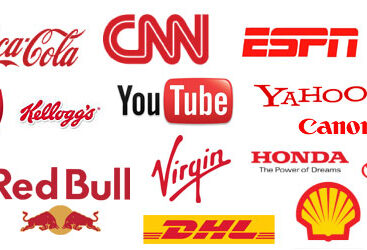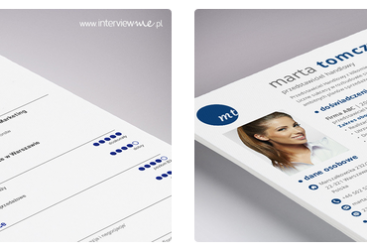Popular business card production techniques
For everyone who is interested in interesting facts related to printing, we present the most common ways of producing business cards.
Lamination
Laminate is a material made by joining two or more layers of material together. The process of creating a laminate, called lamination, refers to placing an element between layers and then fusing them using heat, pressure or foil. In printing, the procedure of applying a filter to paper that protects against mechanical and chemical contamination has primarily an aesthetic function that refines the paper.

Lamination using the latest printing techniques can significantly improve the quality of the print by increasing the color saturation and bringing out the character of the texture. Depending on the technique used – liquid, cold or hot lamination, the effect obtained may be matte, satin or shiny. The liquid lamination technique, relatively the cheapest, involves spreading the laminate with a special roller or mop on a large surface, such as advertising billboards. Hot lamination is only possible for prints made with thermally durable inks. It involves activating the glue contained in the foil by pressing it against the paper with a heated roller. In the most common cold lamination, the foils are glued to the paper by mechanical pressure with a roller. To achieve spectacular effects, modern printing uses increasingly advanced lamination techniques – for example, several images printed on transparent material can be laminated together to create a hologram effect.






